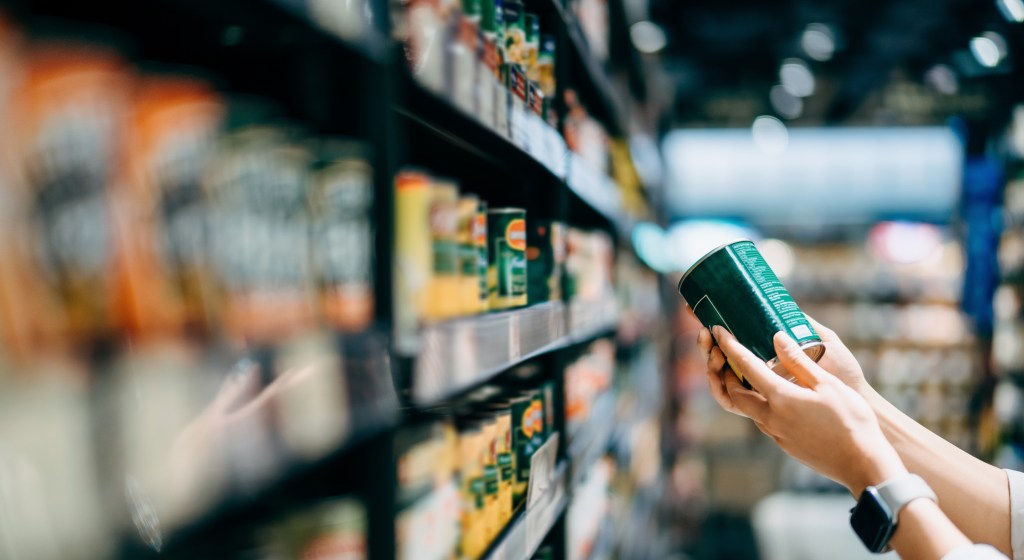The price push
Far from being a fad, e-commerce has not experienced a dramatic drop in usage and sales numbers in South African, and has taken its rightful place as the star performer amongst global retail channels in 2022. Post-lockdown consumers are continuing to buy online and are not just maintaining the status quo but buying more.
Today, financial uncertainty and rampant inflation are pushing consumers to cut down their expenses. They’re on the hunt for more promotions and e-commerce is the retail channel that they perceive as offering the best value for their money.
Rising usage
Further evidence of the rising pervasiveness of the online shopping channel comes from the latest NielsenIQ Barometer Study which surveyed 11,000 consumers from 12 different countries including South Africa.
The study found that far from the exception, online shopping has become a ubiquitous part of everyday life in South Africa with 53% of grocery purchasers having bought groceries online in the past 6 months, including 16% who have bought more than half of their groceries online. 48% say they are now doing more of their grocery shopping online compared to 6 months ago, and 21% say they are doing less (a net +27 change).
The most common method of shopping for groceries online is via a store’s online website (67%), while 56% use a store or brand’s app. However, when identifying the main method of shopping online, the use of apps is mentioned more frequently than websites.
Online resources are also widely used to plan grocery shopping and influence choices with nearly half (47%) of all grocery shoppers indicating that they compare prices online, before deciding where to shop on most/all of their grocery shopping occasions.
One in three indicate that they research products or brands online before deciding what to buy on most/all occasions. 59% indicate they plan ahead before their grocery shop by checking the supermarket’s website, compared with 35% who use the latest mailer.
Mind-blowing metrics
The result of more consumers adopting this form of shopping is that e-commerce has opened a pandora’s box of dynamic real-time data on South African shoppers which is highly measurable. The key now is for manufacturers and retailers to utilize their digital channels for insight generation, using huge data analytics capabilities. These benefits include the ability of data analytics to allow for the real time tracking of the ‘digital shelf’ which is vital given that e-commerce provides a vast assortment of products not found in the offline world. It also allows brands to get the fundamentals right by reviewing relevant scores daily and understanding what is working better, i.e. which promotion is achieving higher ROI?
Looking ahead, e-commerce will continue to provide an incredibly powerful platform to understand consumer and shopper behavior as well as their needs and preferences and, vitally, the ability to anticipate their future needs. In this way metrics have the potential to become a vital mechanism for innovation in 2023.




